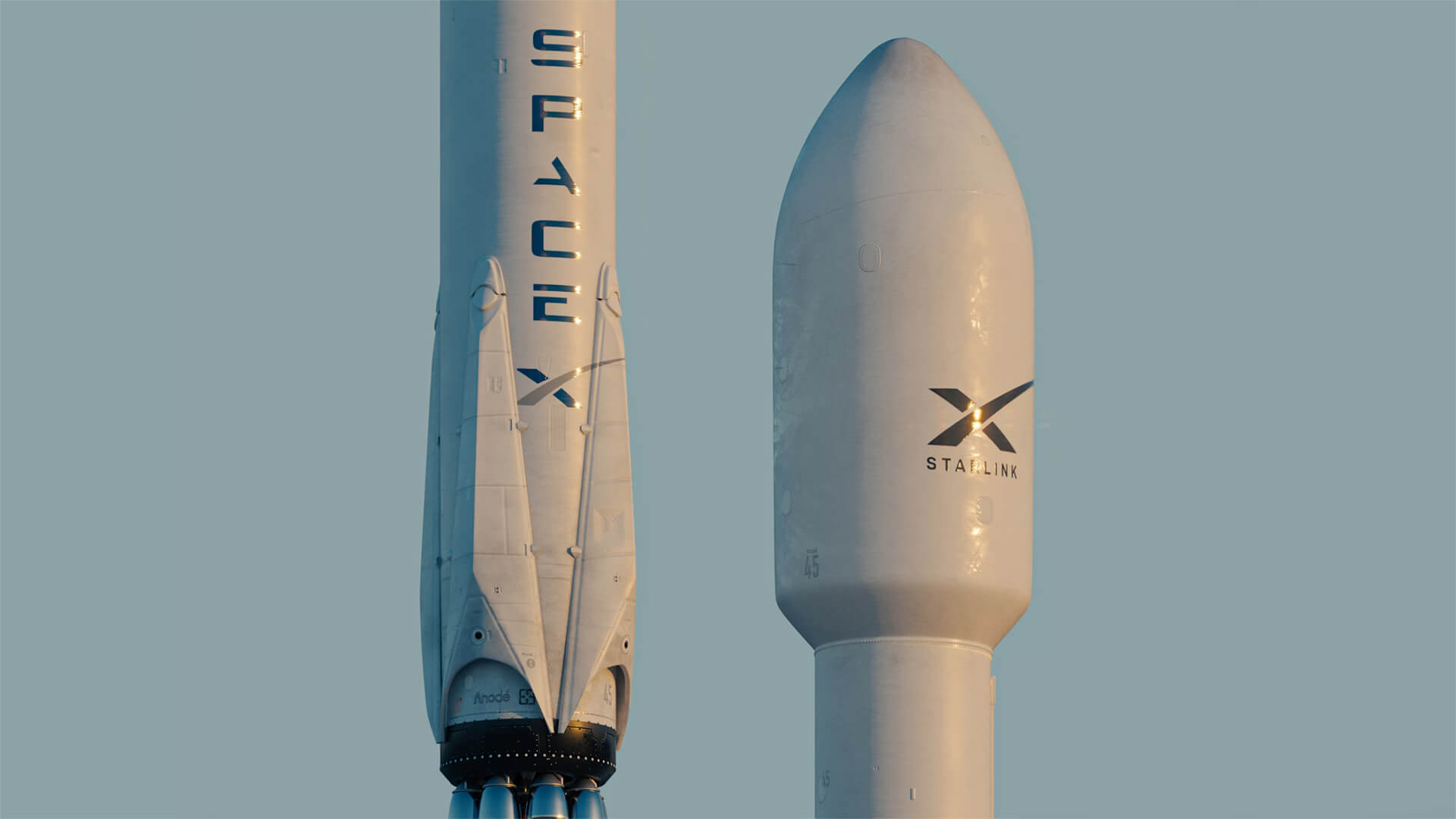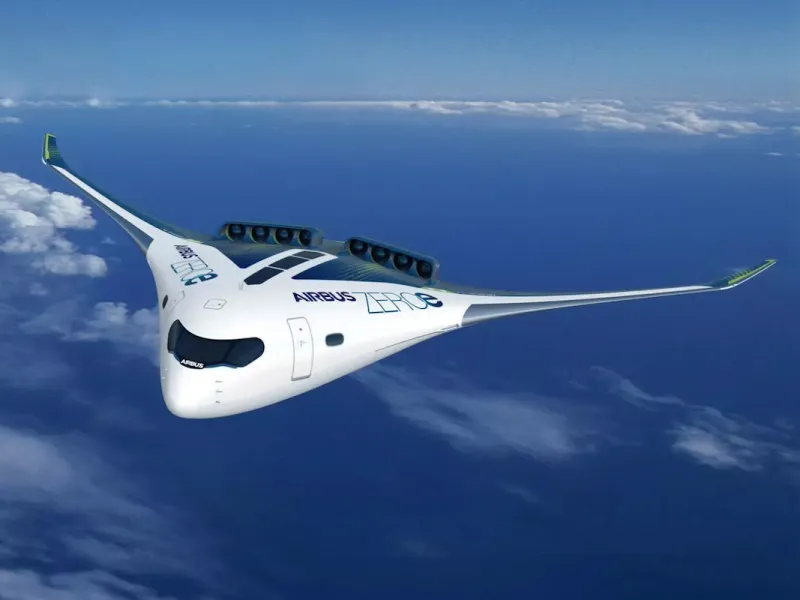Humans have gained valuable information over decades of studying Mars, and with increasing curiosity, we are planning to send our species to the Red Planet. In order to make the mission to Mars a successful and secure expedition, scientists have introduced diverse technologies to dispatch a crew on Mars as soon as the 2030s.
A New Generation of Spacesuits
While voyaging to space, the most important gear for astronauts resides in their spacesuits. The latest spacesuit created by the National Aeronautics and Space Administration (NASA), is a next-level spacesuit designed to be used anywhere in space. These high-tech spacesuits are called the exploration extravehicular mobility unit, or xEMU. The enhanced mobility of these suits allows astronauts to perform tasks more easily, using Earth-like movements that were not previously possible during previous space missions. Astronauts will use these suits during the next mission to the Moon to test out the suit’s natural abilities.
Astronauts can comfortably wear the spacesuits on the Mars mission by taking advantage of their life-support functions to ensure comfort on the alien planet. The Martian atmosphere contains far more carbon dioxide than Earth’s, so astronauts will adapt to the environment using the modifications on their suits. By including a smart array of outer garments, the spacesuits will keep astronauts’ body temperatures at a safe level, depending on the atmospheric weather present on Mars.
Propulsion Systems to Travel To and From Mars Quicker
Astronauts will have a far distance to travel to Mars, at approximately 140 million miles into space. The new advancements in propulsion systems will enable the spacecraft to transport astronauts to their Martian destination safely, quickly, and efficiently.
To reduce the travel time to Mars, the propulsion system will need to require nuclear thermal propulsions. The nuclear thermal propulsion will likely be the priority in constructing a fast-moving system, providing the rocket with the force of power that it needs. The space agency and its colleagues are currently testing and developing propulsion systems that will successfully reduce the space crew’s time away from Earth during their mission to Mars.
Laser Communications to Send More Information to Earth
To stay in touch with people on Earth, astronauts may use high-definition lasers during their mission on Mars. The laser communications will allow the crew to send large amounts of important information to Earth in real-time. Astronauts can process high-definition images and videos to send back to space agencies and their families during their time on Mars. Sending information from Mars to Earth with the new laser communications can take as little as nine weeks to reach Earth, serving as a revolutionary approach to space communication. This advancement is exciting to people on Earth as well, allowing us to stay up-to-date on the adventures that take place during the expedition to Mars.
Although, laser communication is not entirely new to space technology. In 2013, NASA tested a demonstration from the Moon, indicating that this form of communication is possible. Continued trials done by NASA will include a variety of scenarios that test the challenges that may arise during communication - such as clouds that could harbor in low-Earth orbit.
Conclusion
Every day we draw closer to sending people to Mars because of enormous improvements in spacesuit technology, communications, and rocket engines. By laying the foundation for a safe and efficient voyage to the Red Planet, humanity grows closer to interplanetary exploration.



